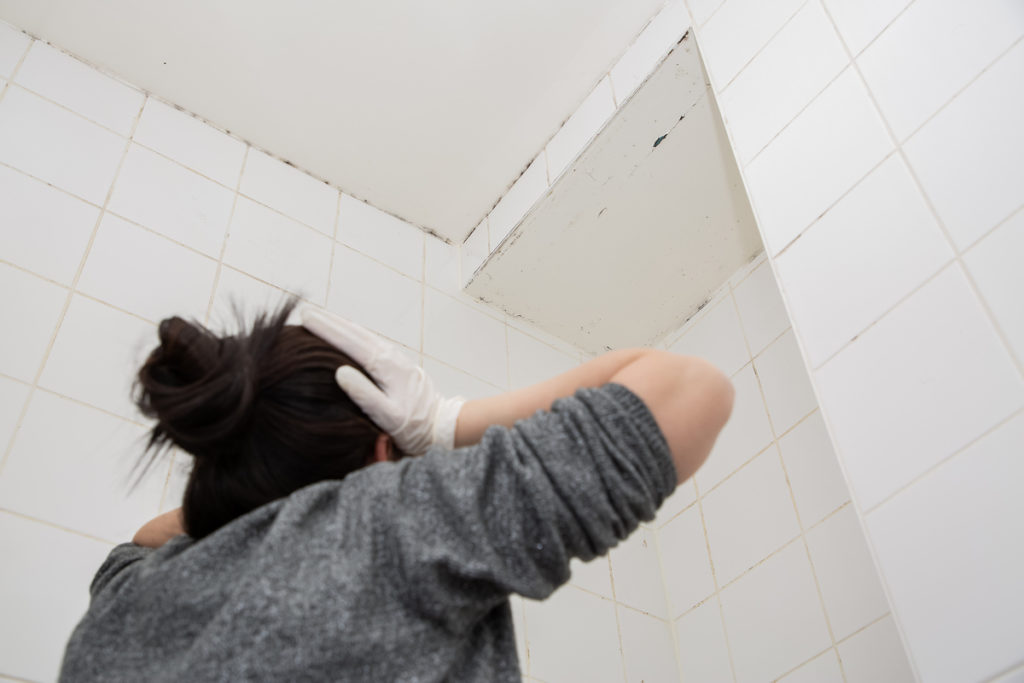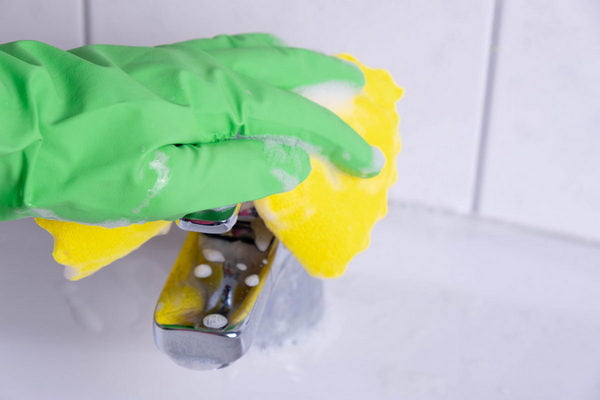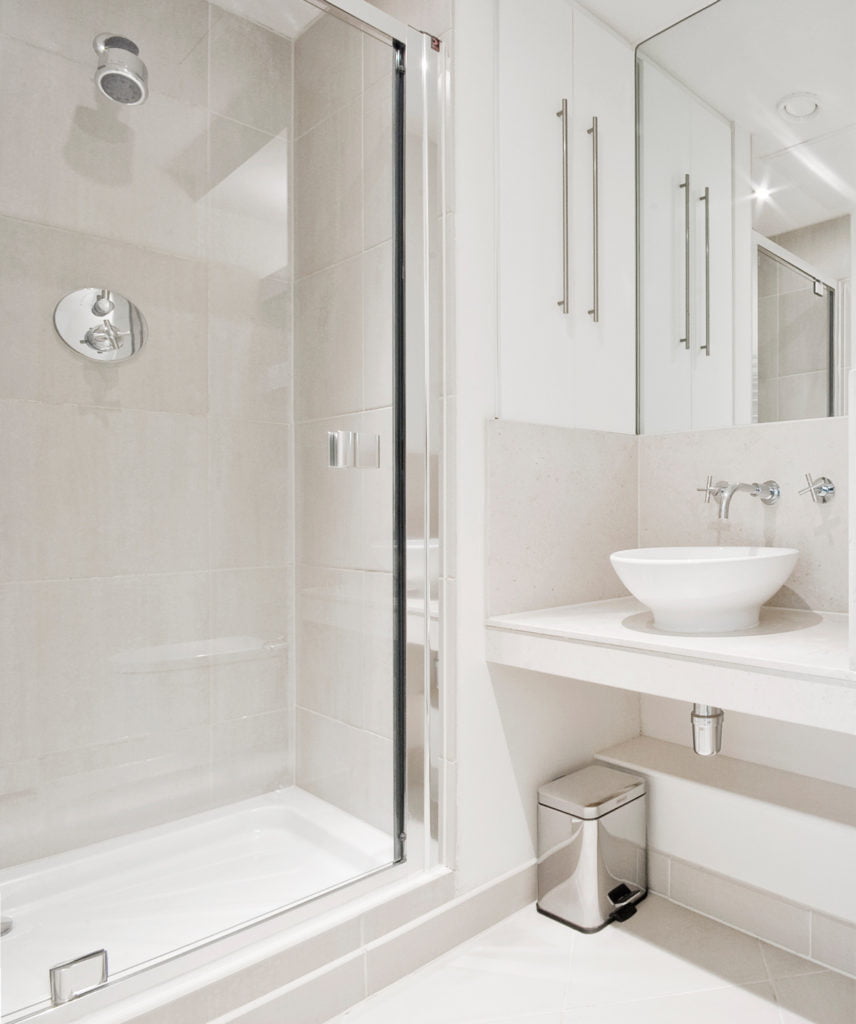Mold is that unwelcome guest in bathrooms that no one enjoys. Despite our best cleaning efforts, this pesky intruder often finds its way back, particularly in humid environments like the bathroom.
But fret not, fellow eco-warriors! There are natural and sustainable ways to keep mold at bay. Let's dive into some tried-and-true, eco-friendly methods to prevent mold in those spaces where it most loves to lurk.

Mold thrives in damp, warm, and dark places, which makes bathrooms a prime target. By understanding the environment mold loves, we can make our bathrooms less inviting for this uninvited guest.
Proper ventilation is the first line of defense. After taking a hot shower or bath, leave the bathroom window open or run the exhaust fan for at least 30 minutes. This helps in reducing the humidity, a critical factor in mold growth.
Water, especially stagnant water, is mold's best friend. After using the sink, bathtub, or shower, make it a habit to wipe down wet surfaces. Using a squeegee on shower walls and doors can work wonders!

The toilet is one of those places where mold can be a persistent problem, but it's preventable.
Regularly clean your toilet with eco-friendly cleaning agents. White vinegar, baking soda, and essential oils can make for an effective toilet cleaner without the chemicals.
Often overlooked, the toilet tank can be a breeding ground for mold. Ensure that the tank is clean and free from standing water. A few drops of tea tree oil can be a natural mold deterrent.
Believe it or not, the type of paint you use in your bathroom can play a significant role in mold prevention.
When repainting the bathroom, always go for mold and mildew-resistant paints. These paints contain antimicrobial agents that prevent the growth of mold, mildew, and bacteria on painted surfaces.
Lighter paint colors not only make your bathroom look spacious but also make it easier to spot mold growth. So, when choosing paint shades, think bright and light!

Ah, the shower – mold's favorite hangout spot, aside from our unused water bottles. Let's change that.
A quick-drying shower curtain and ensuring it's fully extended after each use helps it dry out faster, leaving no room for mold to grow.
A mixture of white vinegar and tea tree oil makes an excellent natural anti-mold spray. Spritz this on the shower walls and curtain after each use. Not only does it prevent mold, but it leaves your bathroom smelling fresh too!
Grout can trap moisture and become a haven for mold. Regularly inspecting and replacing any crumbling grout can go a long way in mold prevention.
Mold isn't exclusive to toilets and showers. Here are a few more natural mold prevention tips for bathrooms to ensure it stays clean.
Whether it's bath mats, towels, or washcloths, ensure they're spread out to dry. A damp towel can become a breeding ground for mold. And if you have a laundry hamper in the bathroom, ensure it's breathable. Wicker or mesh hampers are great choices.
Check under the sink, behind the toilet, and any other nooks and crannies for signs of mold. Early detection is crucial.
While we all love a bit of greenery, some indoor plants can contribute to increased humidity. If you have a plant in your bathroom, ensure it does not affect the room's moisture levels.
Keeping your bathroom mold-free doesn't require harsh chemicals or much effort. With a little diligence, the right tools, and some eco-friendly know-how, you can keep mold at bay and enjoy a fresh, clean bathroom all year round.
Mold tends to find a way into our bathrooms, even with our best prevention efforts. One of the game-changing methods to combat mold is to think about the materials used in your bathroom.
By opting for mold-resistant materials, you’re not just combating mold but also embracing a more sustainable and eco-friendly bathroom design. Let's explore some options:
You can also explore mold-resistant flooring to prevent the issue rather than having to solve it down the line.
Tiles are one of the best choices for bathroom flooring. Both ceramic and porcelain tiles are non-porous, which means they don't absorb water, making it hard for mold to grow. Additionally, they are easy to clean and can be recycled, making them a win-win for both mold prevention and eco-friendliness.
Sealed concrete floors are a stylish and sustainable option for bathrooms. They’re extremely durable, easy to maintain, and most importantly, resist moisture accumulation, thus preventing mold growth.
If you are environmentally minded, here are some options for your bathroom walls.
Natural stones like slate, marble, and granite can be a barrier to mold. Not only do these stones have a unique aesthetic appeal, but they are also non-porous when sealed correctly. Their natural appearance brings a sense of calm to the bathroom, creating a spa-like environment while being mold-resistant.
Glass is non-porous and doesn’t allow mold to grow. Using glass blocks or panels can also increase the amount of natural light in the bathroom, which further helps reduce mold growth.
Plus, there’s something aesthetically pleasing about the transparency and reflective nature of glass, adding elegance to the space.
By considering these mold-resistant materials in your bathroom design, you not only create a space that stands up against mold but also step towards a more sustainable living space.
Remember, prevention starts at the core, and the materials you choose play a massive role in this battle against mold!
Embracing natural mold prevention tips in bathrooms will go a long way in keeping them tidy. By choosing eco-friendly and mold-resistant materials, you're fostering a sustainable, healthy environment at home. Make these smart choices today, and enjoy a fresher, greener bathroom that stands the test of time, all while keeping mold at bay.